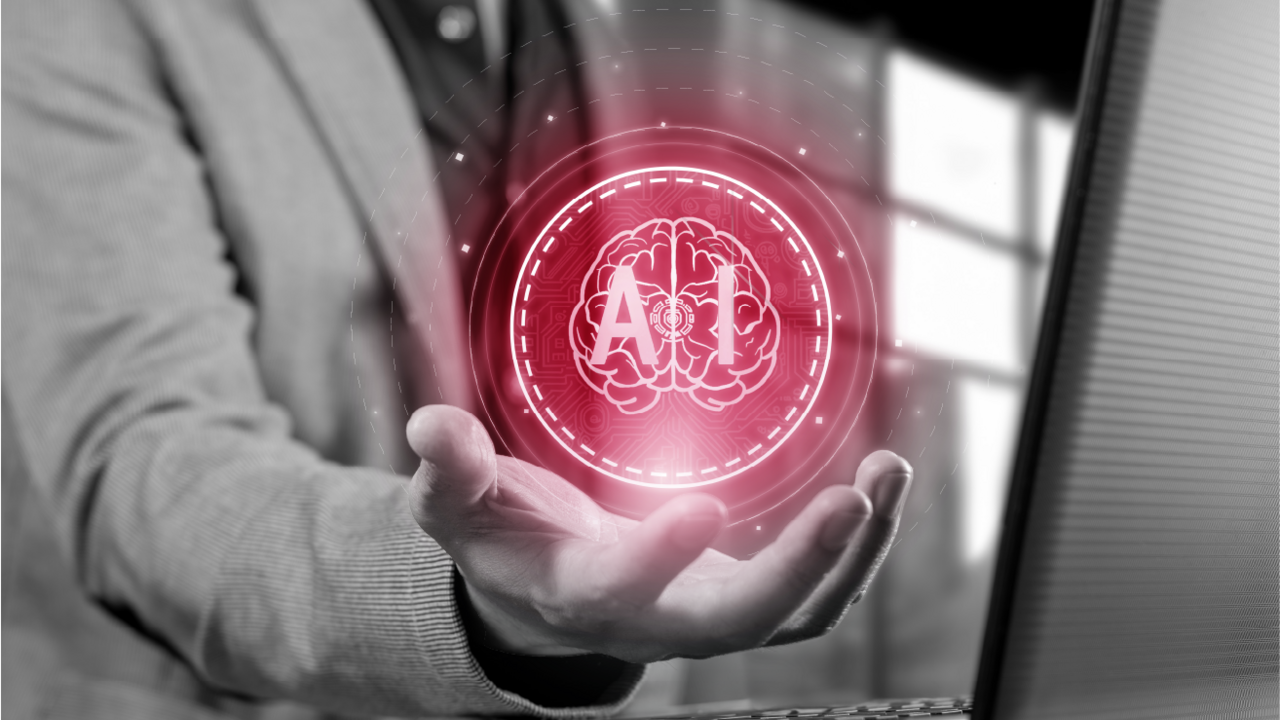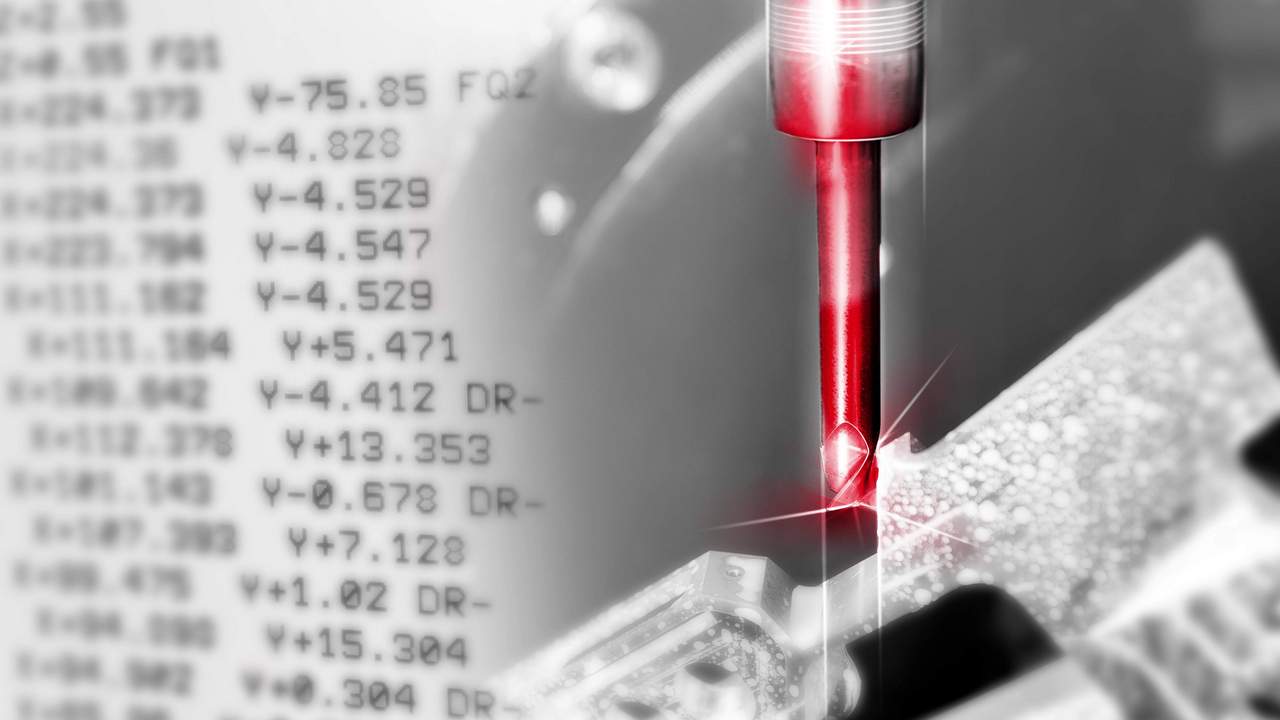In digital manufacturing, we aim to make our work processes more streamlined, faster, more effective and error-free to enable the highest level of automation. The decisive factor for such efficient and automated work steps is process consistency. We achieve this in digital manufacturing primarily through the exclusive use of a 3D model, which in recent years has replaced the traditional drawing in design. Siemens Digital Industries Software is working on this with great commitment and many resources, and already has existing model workflows in manufacturing, such as Feature-Based Machining and Model-Based Quality.
Process consistency with Model Based Enterprise
How MBE revolutionizes process consistency in digital manufacturing

Everyone thinks development and manufacturing departments already work only in 3D. In reality, 2D drawings are still leading when it comes to product and manufacturing information specification. Currently, the 3D model is usually only the representation of the nominal geometry description. 2D drawings are then derived from this 3D geometry, from the 3D model. These are in turn supplemented with tolerance information and surface details. Thus, one has two separate information carriers, edited separately, which can be a cause of data discrepancy. 3D CAD modeling has been used since the 1990s, but a 2D drawing is still being used for specifications.
With today's revolutionary technologies provided by Siemens and JANUS Engineering, the design and specification process can be totally integrated and encapsulated into one single data source.
Model-Based-Enterprise (MBE) is a term from the design and manufacturing industry. MBE describes a strategy in which the 3D model of a product serves as the authoritative source of information for all activities in the life cycle of this product. This is also referred to as the "single point of truth", which describes it more clearly. The claim behind this is to maintain a generally valid, complete, targeted and reliable data model, from which everything else can be derived.
This model is called Model-Based Definition (MBD). The production of a complete digital definition of a product within a 3D model that replaces the traditional drawing.
Functionally, this means providing information consistently and efficiently for the NX CAM manufacturing process, the NX AM heat treatment and coating process or for the NX CMM quality process. Thus, information from the previous CAD drawing, directly attached to the 3D model in form of PMI. Dimensional tolerances, shape, surface finish, and position tolerances (Geometrical Dimensioning & Tolerancing (GD&T)), surface details, material properties and other non-geometric information are directly attached to the geometry element, for example a hole, of the 3D model.
This downstream use throughout the entire manufacturing process is often referred to as Model-Based Manufacturing (MBM) and in the quality process as Model-Based Quality (MBQ). This model-based, digital, real-time continuity between product development, production engineering and manufacturing processes is a fusion of technologies that characterizes the Industry 4.0: you really access the digital twin of the actual product in the virtual space. Model Based Definition blurs the boundaries between the physical, digital, and organic worlds, which together are also referred to as cyber-physical models.
The 3D model built according to this method is used in subsequent processes and is thus the comprehensive digital twin.
All the information required by a CAM or CMM programmer or a production colleague, for example, is contained in this MBD model. The advantage of the MBD model is that we always have the current valid status of the product definition available by means of documentation, e.g. in PLM data management systems, with the industry leader Teamcenter solution from Siemens. And changes that originate from engineering have a direct associative effect on the subsequent, downstream and upstream processes. Changes made by a designer in the CAD design (e.g. in NX CAD) are passed on directly to the process participants, for example quality planners, production engineers, CMM and CAM programmers.
You benefit from consistent data, end-to-end change management, and unified communication between logistics, quality, and manufacturing.
Image Source: Siemens Digital Industries Software
You would like to use Model Based Enterprise in your production?
We support you!
Topics:
Subscribe to our blog
Tips and news around digital manufacturing.
 Uwe Roosz
Uwe Roosz 


 Uwe Roosz
Uwe Roosz


